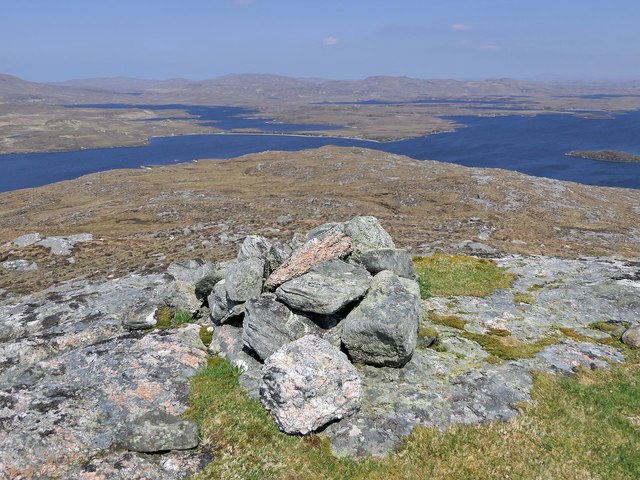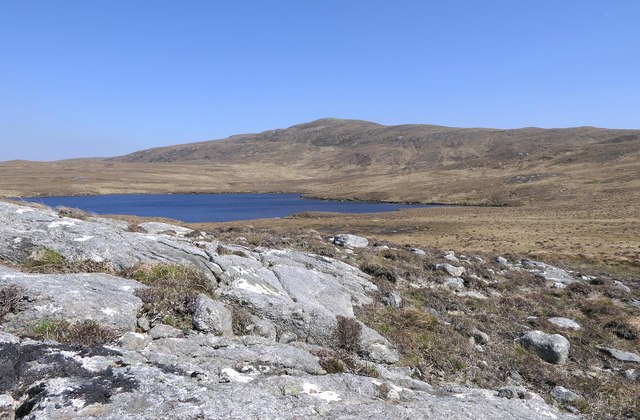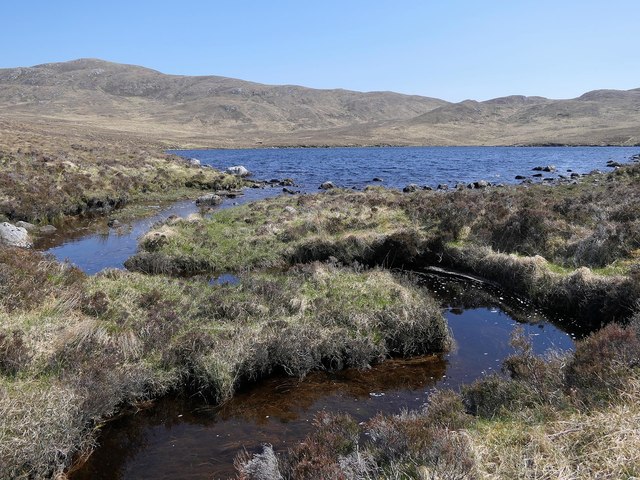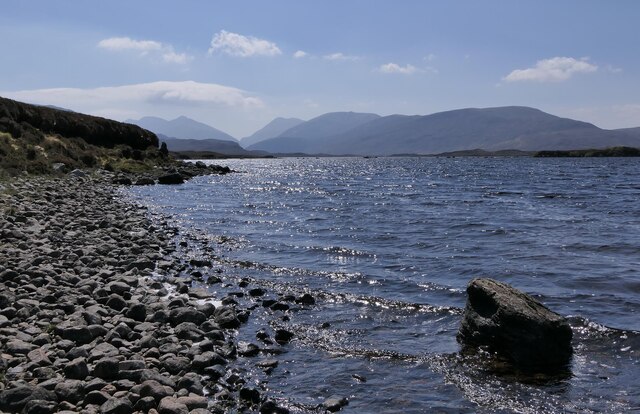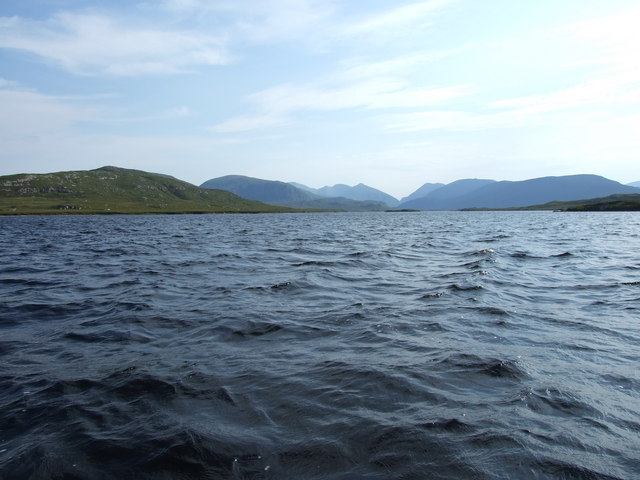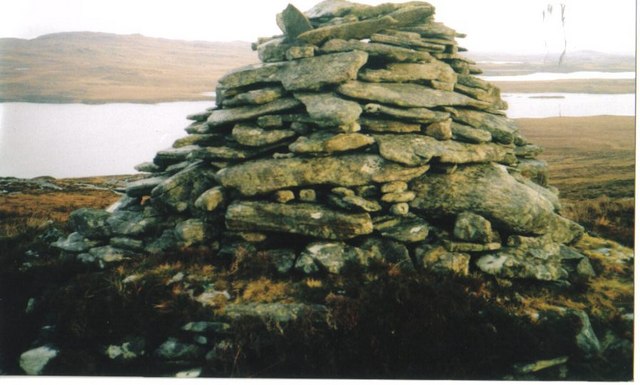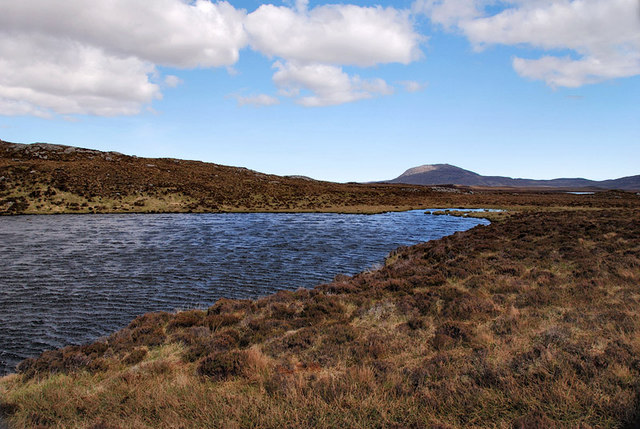Glas Eilean
Island in Ross-shire
Scotland
Glas Eilean
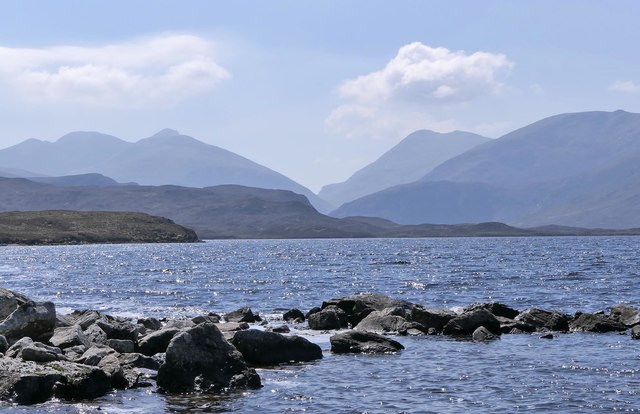
Glas Eilean is a small island located off the coast of Ross-shire in the Scottish Highlands. It is situated in the picturesque Loch Maree, which is renowned for its stunning natural beauty and tranquil surroundings. The island covers an area of about 2 hectares and is accessible by boat.
Glas Eilean is known for its rich history and cultural significance. It is home to the ruins of a medieval chapel, which was believed to have been built in the 12th century. The chapel was dedicated to St. Maelrubha, an early Christian missionary who played a significant role in spreading Christianity in the region.
The island is also known for its diverse wildlife and pristine natural environment. It is a designated Special Area of Conservation due to its importance for bird colonies and rare plant species. Visitors to the island can spot a variety of bird species, including golden eagles, ospreys, and black-throated divers. The surrounding waters are home to a range of marine life, including seals and otters.
Glas Eilean offers a peaceful retreat for nature lovers and those seeking solitude amidst breathtaking scenery. Its secluded location and unspoiled charm make it an ideal destination for hiking, birdwatching, and photography. Camping is permitted on the island, providing an opportunity for overnight stays and a chance to experience the tranquility of the surroundings.
Overall, Glas Eilean is a hidden gem in the Scottish Highlands, offering a unique combination of natural beauty, cultural heritage, and a chance to escape the hustle and bustle of modern life.
If you have any feedback on the listing, please let us know in the comments section below.
Glas Eilean Images
Images are sourced within 2km of 58.079331/-6.7808567 or Grid Reference NB1820. Thanks to Geograph Open Source API. All images are credited.
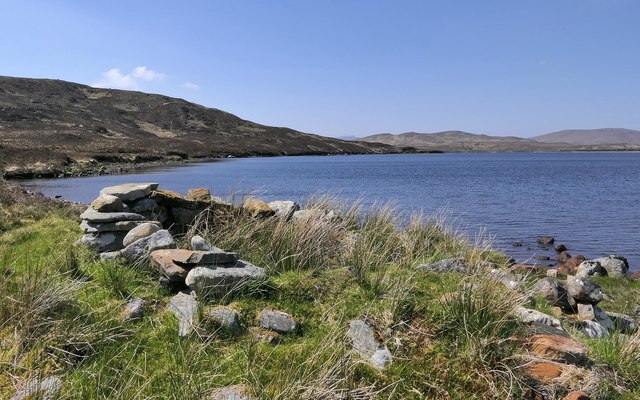
Glas Eilean is located at Grid Ref: NB1820 (Lat: 58.079331, Lng: -6.7808567)
Unitary Authority: Na h-Eileanan an Iar
Police Authority: Highlands and Islands
What 3 Words
///bets.toned.nutty. Near Leurbost, Na h-Eileanan Siar
Nearby Locations
Related Wikis
Eilean Mòr, Loch Langavat
Eilean Mòr is an island in Loch Langavat on the Isle of Lewis in the Outer Hebrides of Scotland. == Footnotes ==
Airidh a' Bhruaich
Airidh a' Bhruaich (Arivruaich - anglicised) is a scattered crofting township in the South Lochs district of the Isle of Lewis in the Outer Hebrides of...
Gisla Hydro-Electric Scheme
Gisla Hydro-Electric Scheme was a small scheme promoted by the North of Scotland Hydro-Electric Board on the Isle of Lewis, Outer Hebrides, Scotland. It...
Seaforth Island
Seaforth Island (Scottish Gaelic: Eilean Shìphoirt/Shìophoirt or Mulag) is an uninhabited island in the Outer Hebrides of Scotland. Unlike many other...
Have you been to Glas Eilean?
Leave your review of Glas Eilean below (or comments, questions and feedback).
